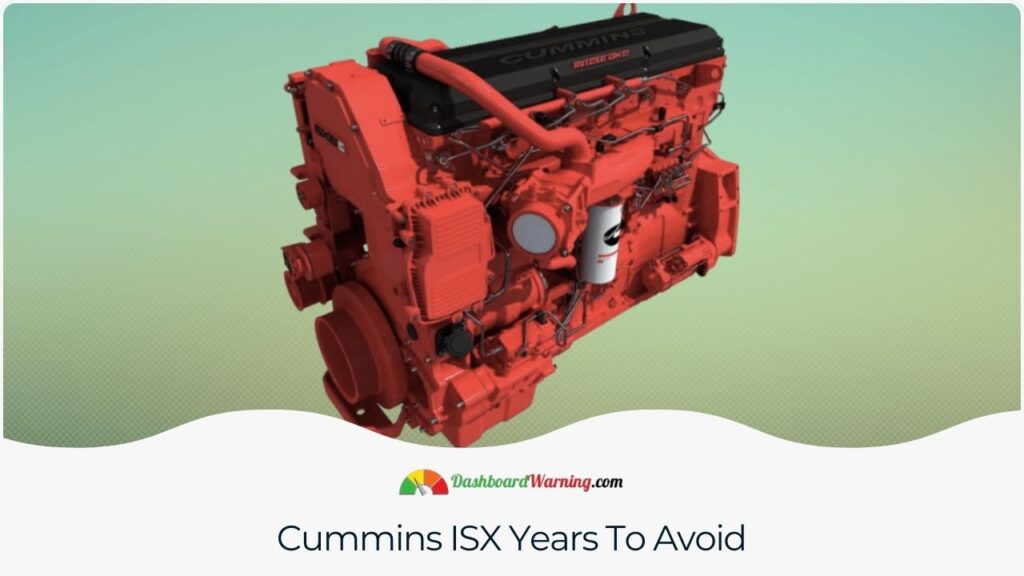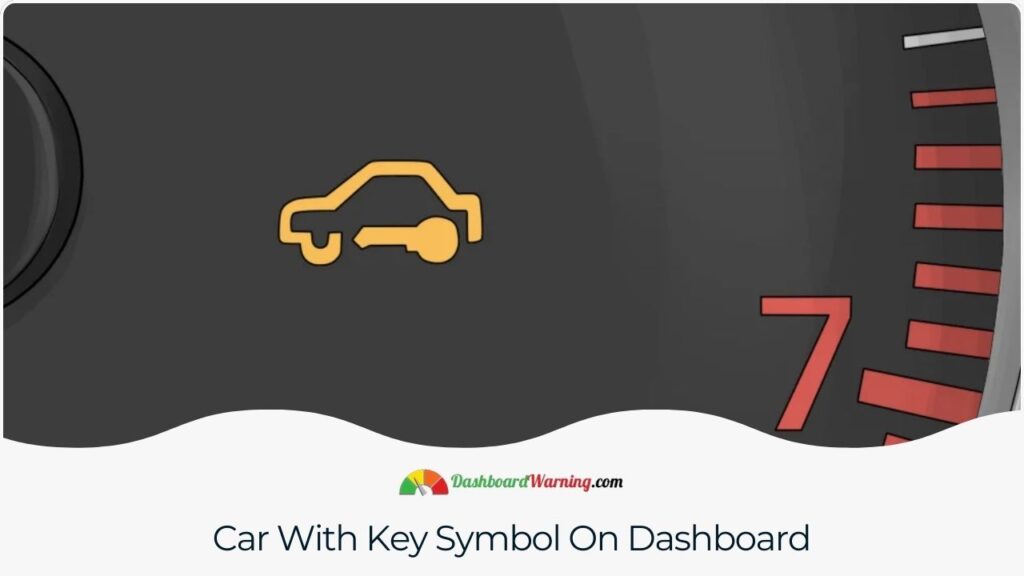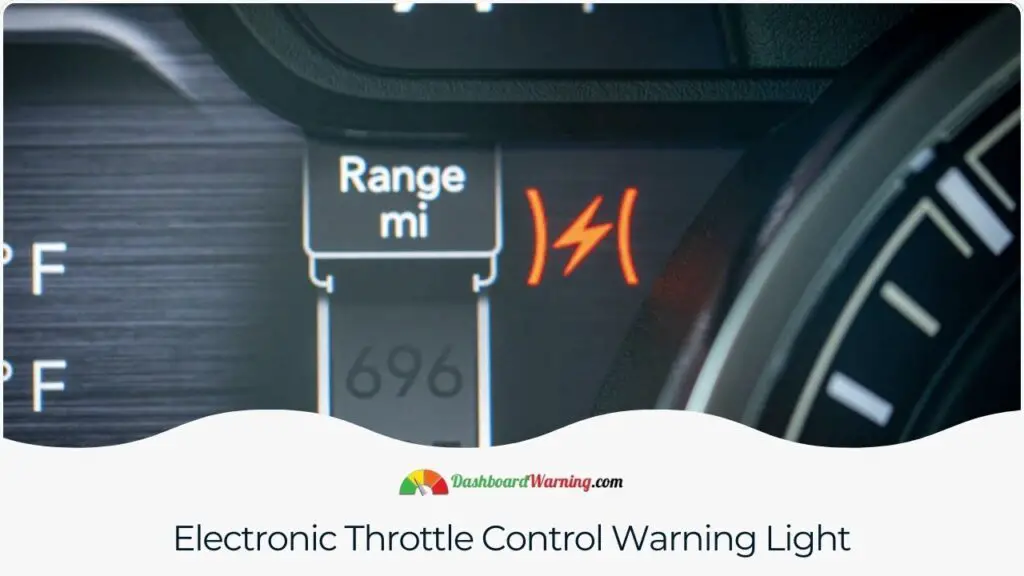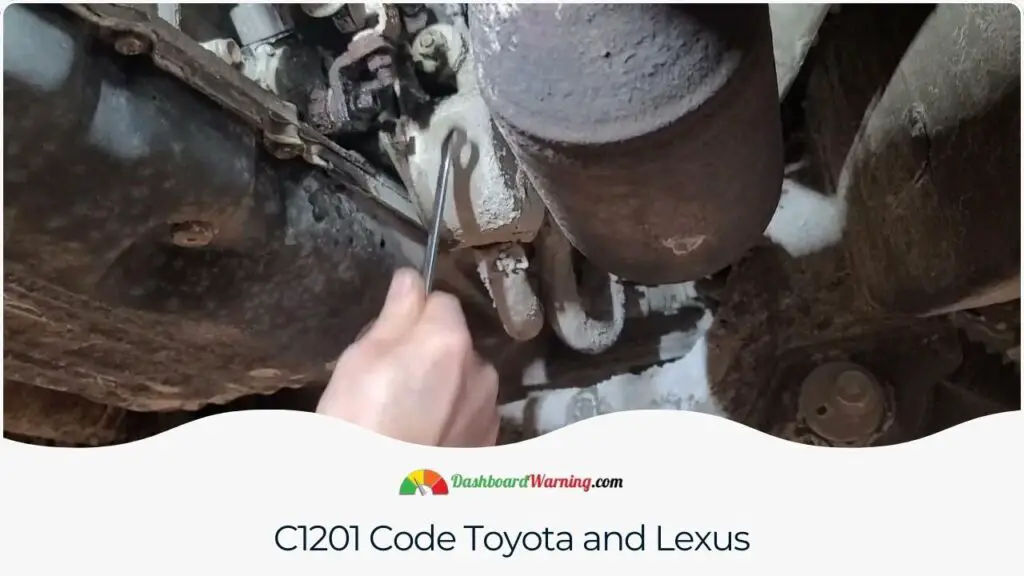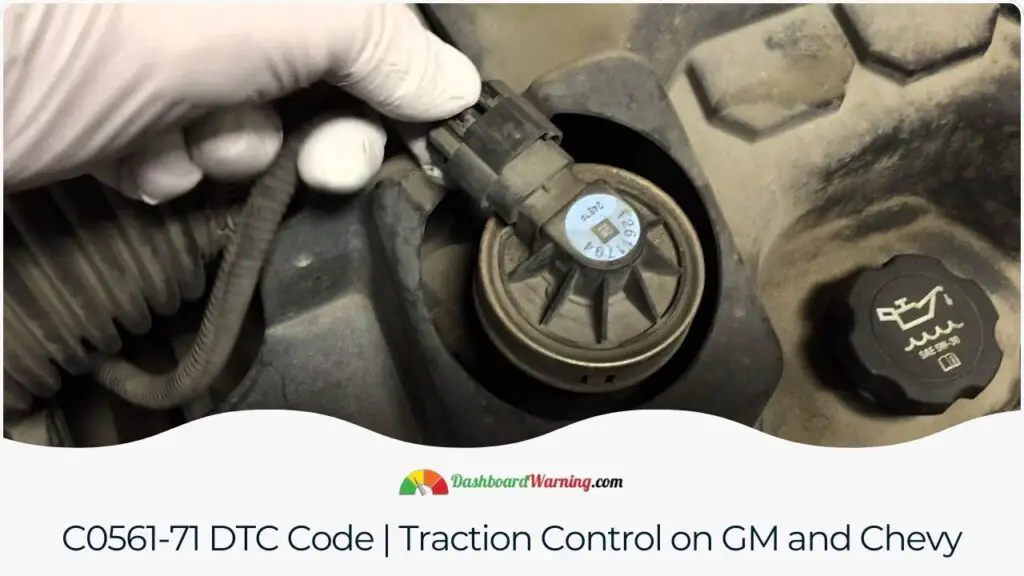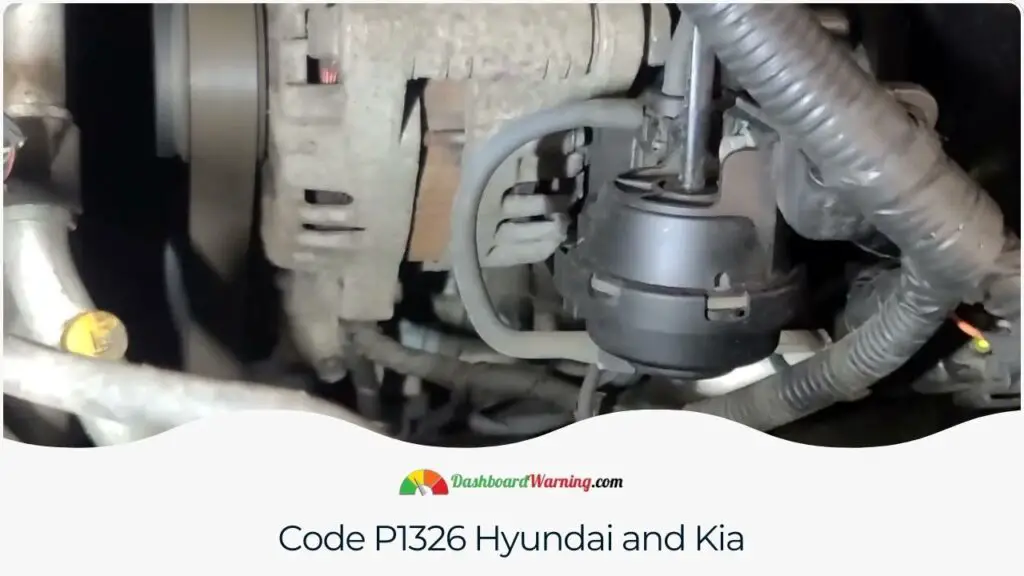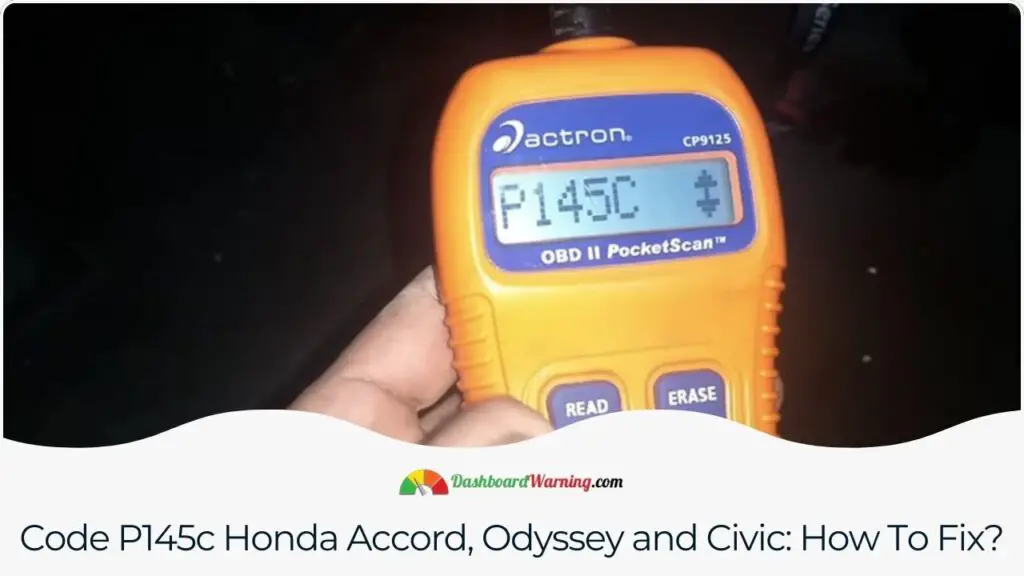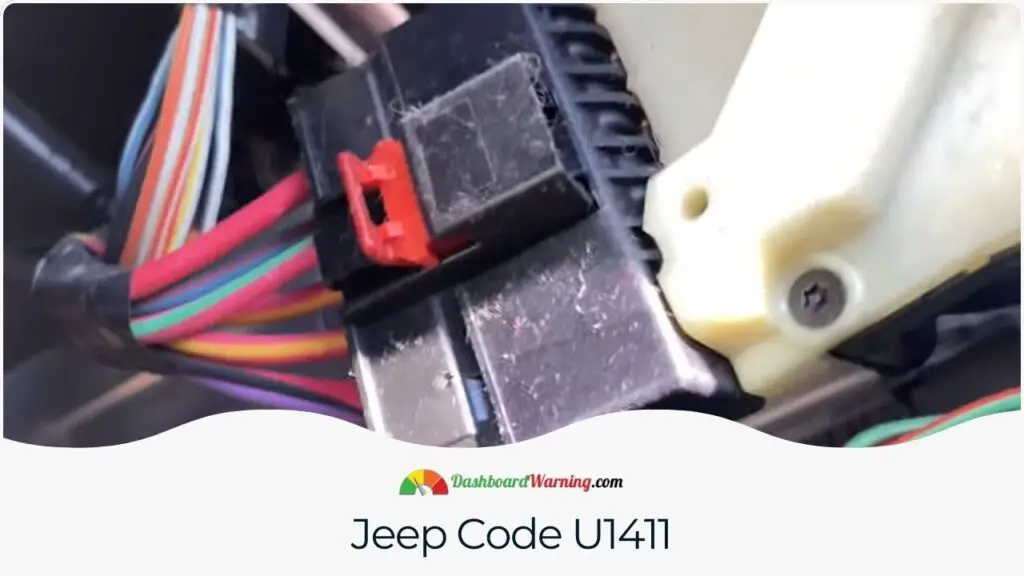How Can I Find My Vehicle's Dashboard Warning Lights?
You can access our recently added articles from the sections below. You can get quick access by typing the brand or model in the search box to find the malfunction you are looking for about your vehicle.
Please let us know the problems you are experiencing with the fault lights in the comments section of the relevant page. We will get back to you as soon as possible and help you to fix your malfunction.
What Do the Colors on the Dashboard Mean?
There are 6 types of colors on the dashboard of your vehicle. These are known as red, yellow, orange, green, blue and white.
- Red warning light: It informs you that there is a serious problem and you should not continue driving.
- Yellow and orange warning light: These are warning lights that are not as serious as red but are still not recommended to continue driving.
- Green and blue warning light: These colors usually do not indicate a fault, but only whether the system is activated or not.
- White warning light: Although not used in many vehicles, this is also a reminder warning light. In most cases it does not represent a fault.
Knowing the meanings of these colors will help you interpret the warning lights you see on your vehicle more quickly.
Car Dashboard Warning Lights and Problems
We explain the various problems experienced in vehicles and what the warning lights want to tell you most easily and understandably. Keep following us for any issue you are having with your car.




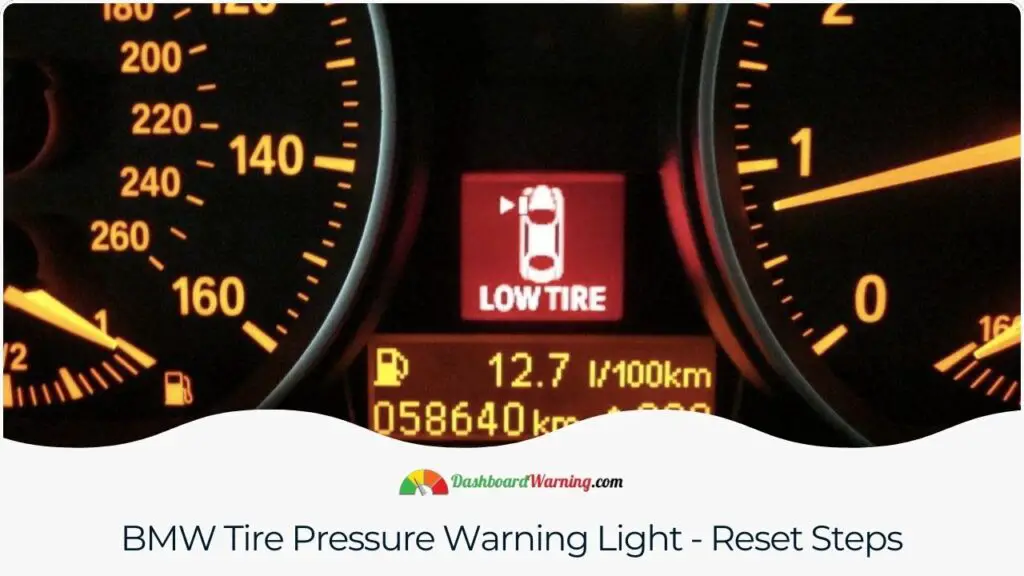
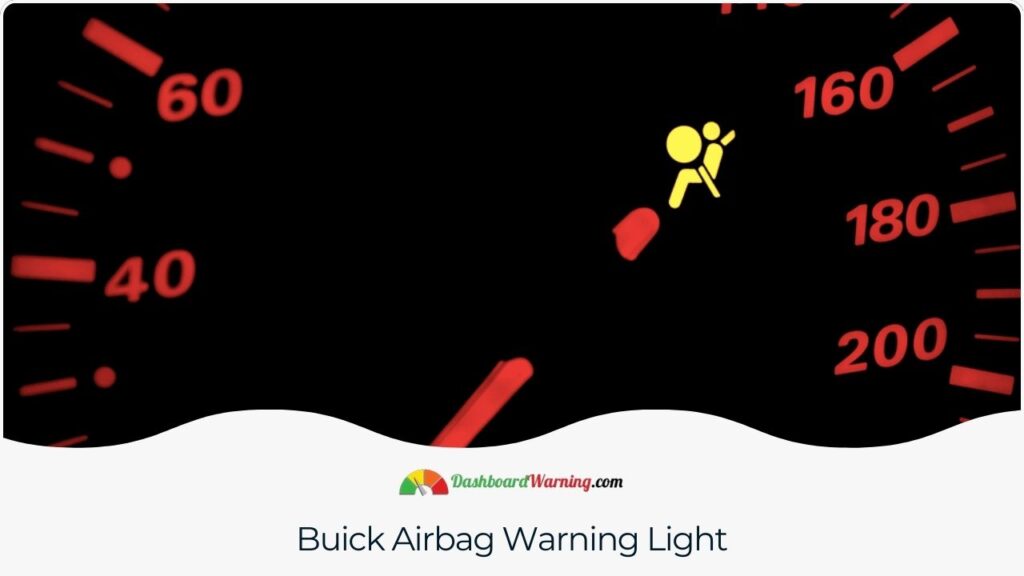

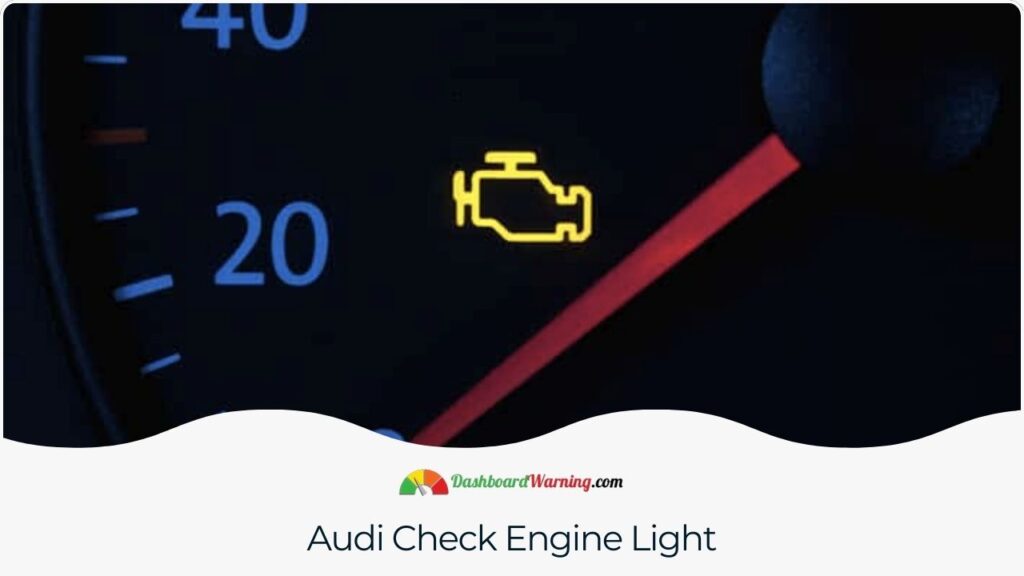
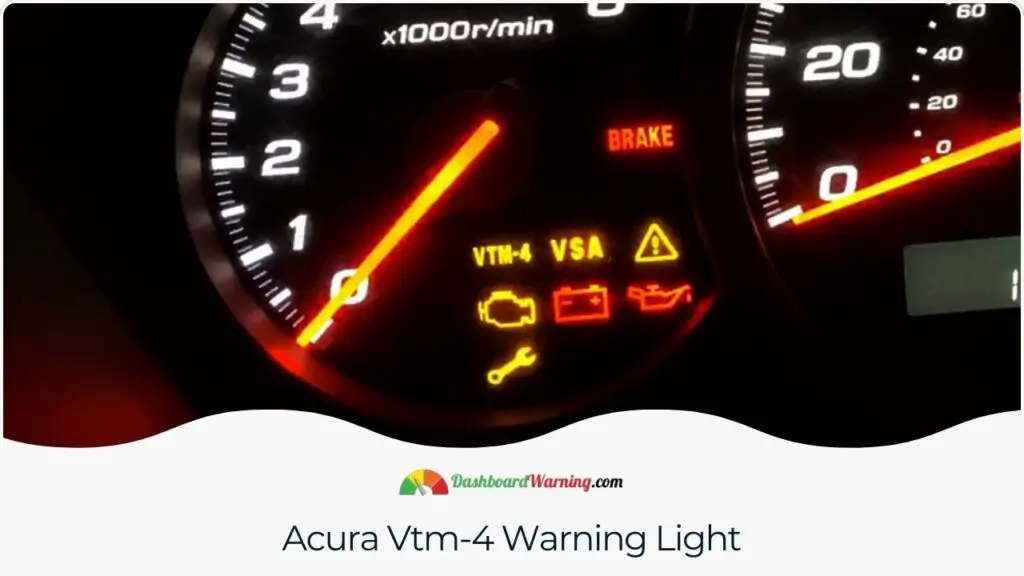

Tips And Advice
We will always continue to provide you with various tips and advice. Car, Tractor, Truck, Van, Motorcycle, etc. Whatever motor vehicle you have, the tips and advice section provides content to solve these problems. See all Tips and Advice
Engine Codes
Is your motor vehicle failing any DTC code? Don't worry; we do the necessary research and produce solutions that provide accurate and precise information. Our experts will continue to share common error codes and solutions with you. See all Engine Codes
A Basic Overview of Warning Lights
What is the most serious warning light?
While it can be a scary sign when the check engine light comes on, more often than not it doesn't mean anything serious. This warning indicates potential problems with other parts of the car, like wheels or tires. Ignoring this warning could lead to more serious damages like a blown head gasket.
Can I drive my car with a warning light?
The driver may drive the car as long as the check engine light is steady and any other essential systems are operational. You should also monitor alerts on your dashboard, like coolant temperature and oil pressure.
What should a driver do if a system warning light?
If a warning light for your car flashes on while you are driving, try to find a safe place to pull over and evaluate the problem. Only after you have evaluated it can you decide what is necessary to do next.
How far can you drive with warning light on?
Many gas models allow you to go up to 100 miles after the first "low fuel" warning. So, it's no point in worrying about it when it's just a simple warning.


